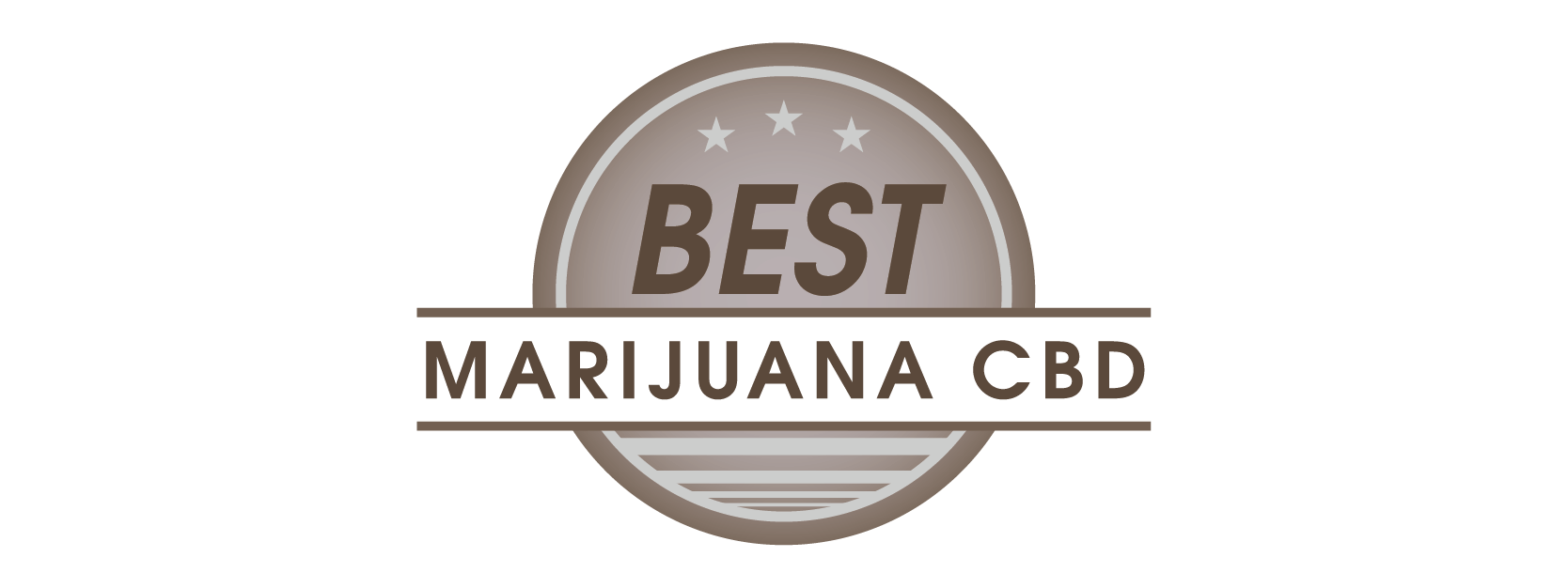While CBD continues its trajectory from niche wellness niche to a mainstream consumer product, the U.S. regulatory and policy environment remains in flux. While demand shows no signs of slowing, key hurdles and shifting legislative proposals indicate that the next chapter for cannabidiol will be shaped as much by law and oversight as by consumer taste.
The Regulatory Impasse: FDA’s Call for a New Pathway
The central obstacle for CBD products in the U.S. is that they currently do not fit neatly into existing regulatory regimes. In January 2023, the Food and Drug Administration announced that it would not attempt to regulate CBD under its traditional food or dietary supplement authorities, citing safety concerns and legal limitations. The FDA instead recommended a new regulatory pathway—one that might include clear labeling rules, contaminant safeguards, potency limits, and age restrictions.
But progress remains slow. Some legal analyses believe the agency is unlikely to promulgate sweeping CBD-specific rules any time soon, meaning the industry continues to operate under enforcement discretion and regulatory uncertainty. The FDA has issued warning letters to firms making unsupported health claims or selling unsafe products.
Recently, the FDA has also adjusted its reporting forms to better track adverse events potentially linked to hemp-derived cannabinoid products like CBD, signaling a greater regulatory focus on safety monitoring.
Legislative Pressure: Redefining Hemp, Restricting THC
One of the most consequential debates underway is how federal statutes might redefine “hemp” and limit allowable amounts of THC. Under current law, hemp is defined as cannabis containing less than 0.3 percent delta-9 THC. That threshold enables many so-called “intoxicating hemp” products (e.g. delta-8 and delta-10) to skirt traditional marijuana laws.
Some federal proposals, especially in spending bills, seek to redefine hemp based on any “quantifiable amount” of THC, effectively banning products with even trace levels of THC. Critics warn that ambiguity in the term “quantifiable” gives regulators excessive discretion and risks sweeping traditional full-spectrum CBD products into illegality.
If such language passes, many CBD products that retain trace THC (a characteristic in full-spectrum or broad-spectrum formulas) could be forced off shelves or reformulated.
State-Level Conflict and Patchwork Regulation
With federal clarity stalled, states have been stepping in to fill the void—sometimes with bans, other times with tighter regulations. In California, the Department of Public Health adopted emergency rules that ban consumable hemp-based food, beverage, or dietary products containing any detectable amount of THC, along with age limits and serving caps.
In contrast, Texas vetoed a proposed bill that would have prohibited consumable hemp products containing THC, arguing that a regulatory framework would be superior to a broad ban. Courts have generally allowed states to act, rejecting arguments that the 2018 Farm Bill preempts stricter state regulations.
Some states are also experimenting with licensing regimes, potency caps, testing mandates, or age 21 safeguards, creating a patchwork of compliance regimes across the country.
Market Trends & Industry Adaptation
Despite regulatory uncertainty, the CBD market continues to expand. Consumer interest in wellness, stress relief, sleep aids, and topical health solutions fuels growth. Market forecasts for the broader cannabis sector envisage strong compound-annual growth, and CBD remains a key product vertical.
Still, brands are adapting to regulatory risk by leaning into “isolate” or THC-free formulas, tightening quality control, and emphasizing third-party testing and transparent labels. Others are pivoting toward regulated cannabis markets in states with clearer oversight.
Meanwhile, larger consumer packaged goods firms have largely stepped back from CBD food and beverage lines, citing liability and regulatory uncertainty.
What to Watch Going Forward
- Congressional action — Unless Congress passes legislation enabling a new CBD regulatory pathway, industry participants may continue in legal limbo.
- Hemp redefinition language — Whether “quantifiable THC” becomes a de facto ban on trace THC products could reshape product portfolios.
- Regulatory timelines — Will FDA move from posture to rulemaking? Or continue to defer?
- State regulation divergence — As states experiment, compliance costs and legal risk will vary widely across jurisdictions.
- Safety science and liability — Emerging data on drug–CBD interactions, liver effects, or therapeutic claims could influence policy or spark lawsuits.
CBD in the U.S. stands at a critical juncture: consumer demand and market innovation remain strong, but fragmented oversight and legal uncertainty cast long shadows. The winners in the coming years will be those brands and stakeholders who navigate regulatory complexity while pushing for clarity—and those policymakers who dare to strike the balance between consumer access and public safety.
Read More: Between Prohibition and Permission: Where U.S. Cannabis Policy Stands Today
